Nebbiolo is a red wine grape variety that is primarily linked to its place of origin, Piedmont, Italy. It is responsible for producing the DOCG wines of Barolo, Barbaresco, Roero, Gattinara, Carema and Ghemme. The name Nebbiolo is believed to have originated from the Italian word nebbia or Piedmontese nebia, which means “fog”.
This is due to the deep fog that settles in the Langhe region during harvest season in late October where many Nebbiolo vineyards are situated. Another theory suggests that the name may have come from the Italian word nobile, which means noble, or from the fog-like glaucous veil that forms over the berries as they mature.
Key takeaways
- The Nebbiolo wine grapes originate in North Italy’s Piedmont Region
- Great nebbiolo wines are Barolo and Barbaresco
- Barolo is the “King of wines” with a strong tannic structure with floral aromas and ageing potential
- Barbaresco red wines have a lower tannin content and have a more fruity character
- Both nebbiolo wines are best paired with rich food like beef or lamb stews
Nebbiolo Grapes
Lightly-colored red wines with scents of tar and roses are produced by Nebbiolo, which can be highly tannic when young. As the wines mature, they develop a characteristic brick-orange hue at the rim of the glass and reveal other aromas and flavors, such as violets, wild herbs, cherries, raspberries, truffles, tobacco, and prunes. It may take years of aging for Nebbiolo wines to achieve the characteristic nebbiolo taste.
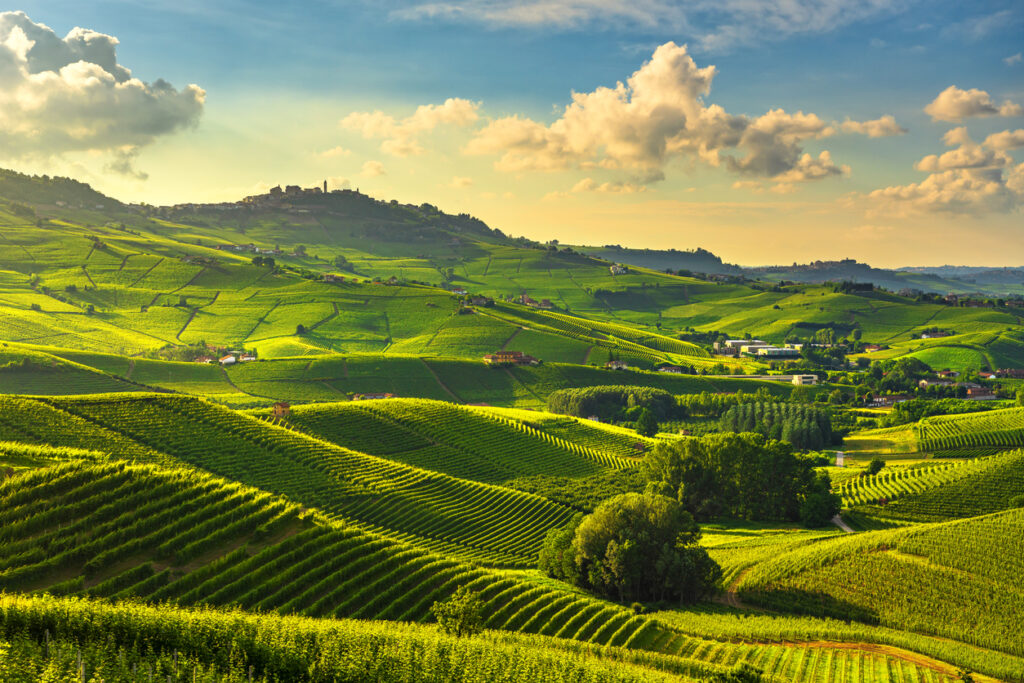
Relationship to other grapes
In 2004, a study conducted at the University of California-Davis and Istituto Agrario di San Michele all Adige revealed that Nebbiolo is linked to Piedmont through two aromatic grape varieties – the Freisa grape of Piedmont and the French Rhone variety Viognier.
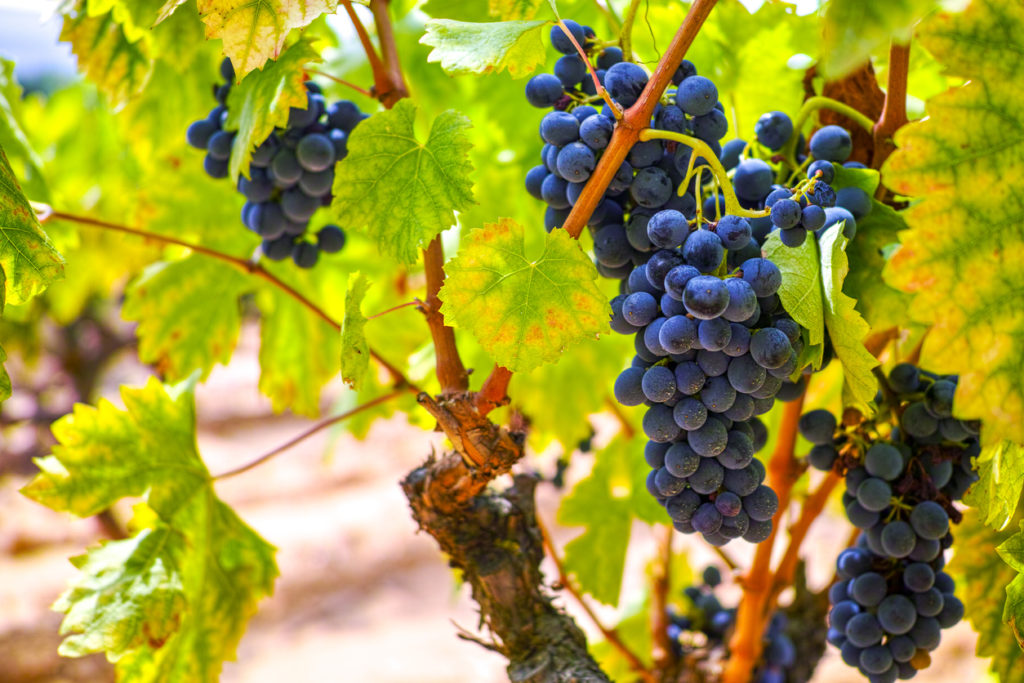
Nebbiolo wines
The wines of Barolo, which are the most notable expression of Nebbiolo, are divided into a “traditional” and a “modernist” approach. Both styles have their roots in the early production of Nebbiolo before the use of technology. Because of the late harvest dates, fermentation would start in cold weather, which prolonged the maceration period and increased the extraction of phenolic compounds for nebbiolo.
However, when fermentation eventually began, temperatures would reach up to 95-100 F (35-38 C), leading to a reduction in potential aromas and flavors.
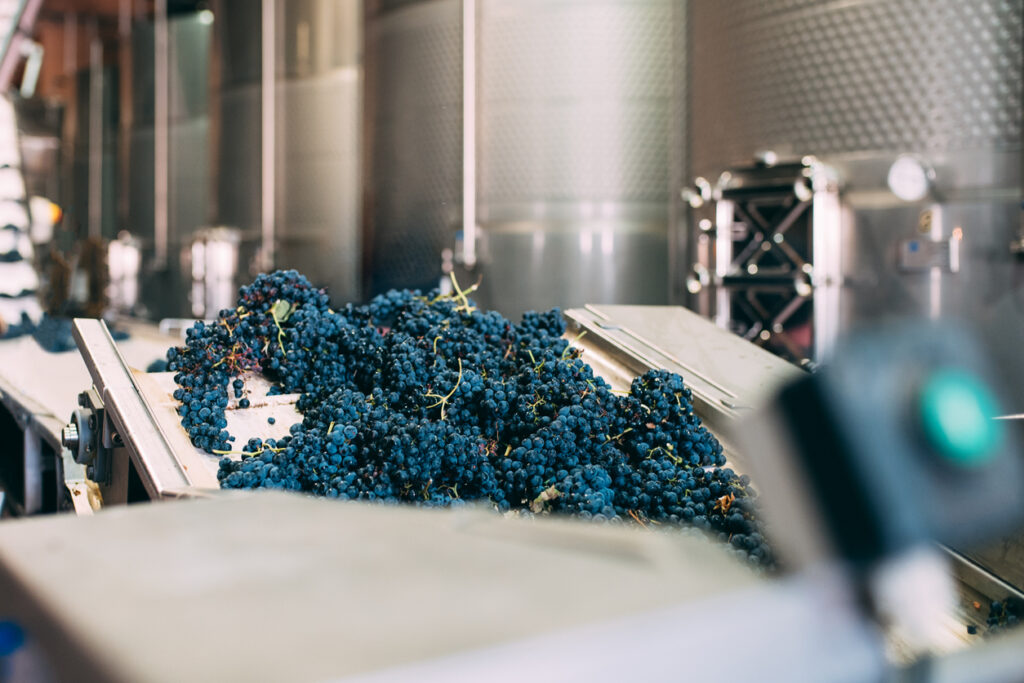
Early Barolos with high tannin levels needed to be aged in oak barrels for at least five years to reduce some of the astringency of nebbiolo. In the past due to poor hygiene practices, the conditions were less sanitary than what traditional and modernist producers maintain today. This resulted in bacterial infections of cement fermentation tanks and old wood barrels, leading to off flavors and potential wine faults that could only be alleviated by decanting for at least 24 hours.
DOCG Piedmont
Throughout the Piedmont region’s history, Nebbiolo has often been blended with other grape varieties to soften its harsh tannins and enhance its color. Along with red wine grapes like Barbera, Croatina, and Bonarda Piemontese, white wine grapes such as Arneis and Favorita have also been traditionally blended with Nebbiolo. Arneis was so commonly blended with Nebbiolo that it was even referred to as “white Barolo”. However, today’s DOCG regulations for Barolo and Barbaresco require the wine to be 100% Nebbiolo. In 1998, a proposal was made by Barbaresco producers to allow 10-15% of other grape varieties in the wine, but it was ultimately rejected due to negative feedback from Italian wine critics.
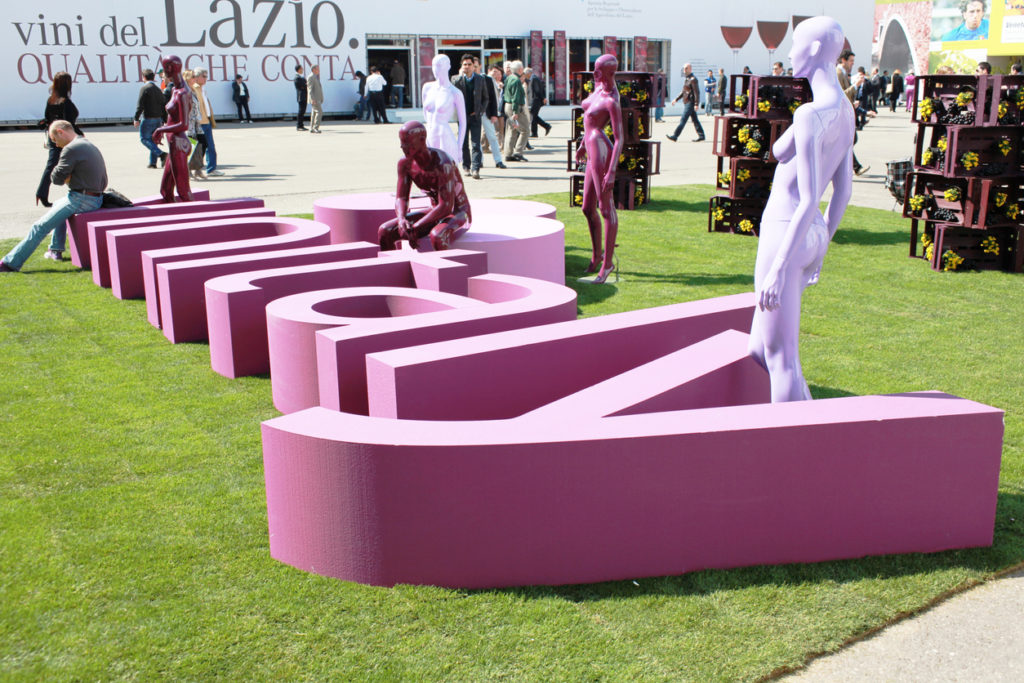
Blending with Other Grapes
Although some critics, like Oz Clarke, speculate that Barbera, Syrah, and Cabernet Sauvignon may be added by some Barolo producers to enhance color and flavor, there is no concrete evidence to support this claim. The Roero DOC allows for up to 5% of Arneis to be blended with Nebbiolo-based wines, but most producers do not take advantage of this allowance for nebbiolo wines.
In Ghemme and Gattinara, where Vespolina, Croatina, and Bonarda can be blended with Nebbiolo, many producers still choose to use almost entirely Nebbiolo. In Lombardy’s Valtellina region, Merlot, Pinot Nero, Pignola, Prugnolo, and Rossola are permitted blending partners for Nebbiolo.
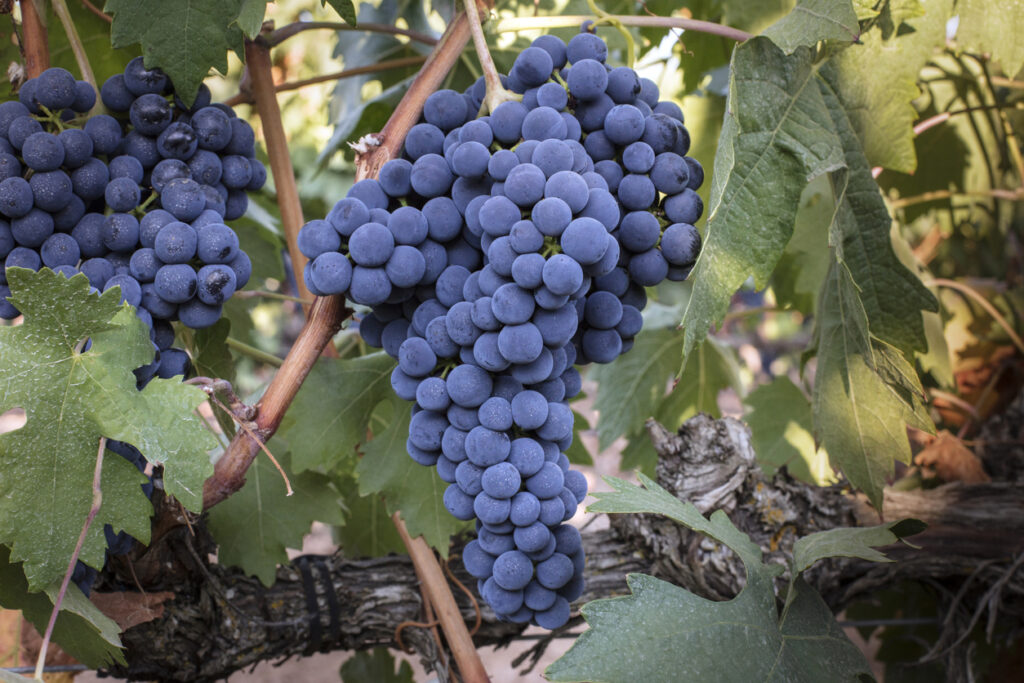
Wine Regions
Piedmont region in Northern Italy is home to some of the best Nebbiolo vineyards globally and boasts exceptional quality Barolos and Barbarescos. The Langhe hills are particularly renowned for producing fine Nebbiolo based wines, including Gattinara, Ghemme, Boca, and Carema.
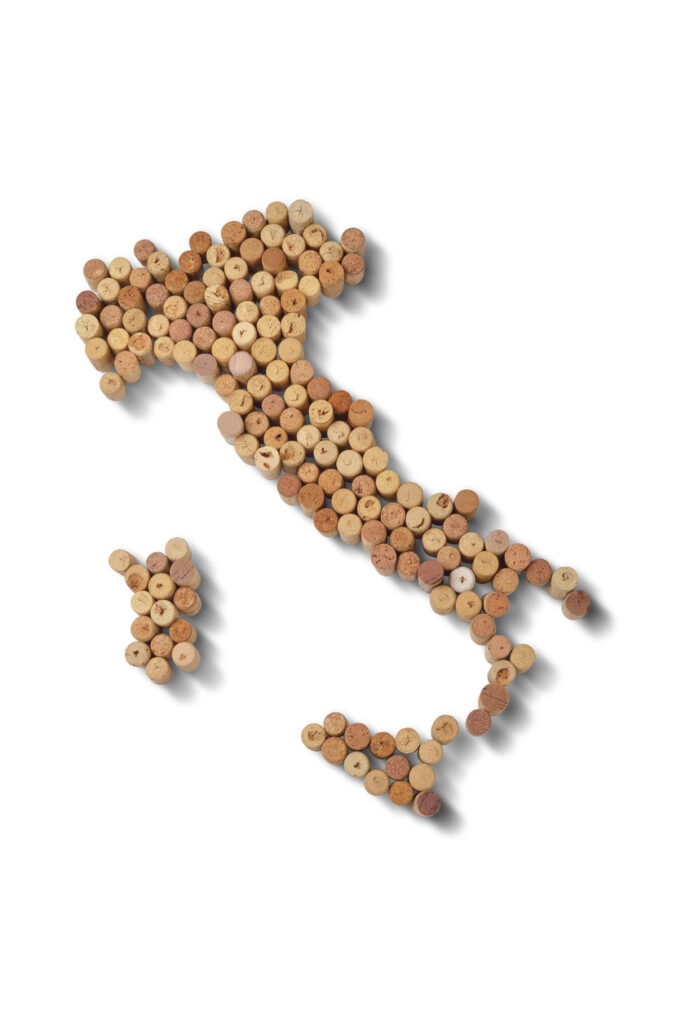
Barolo
Nebbiolo grapes are a unique variety that thrive in the Piedmont region of Italy, particularly in the Barolo area. The grape is known for its thick skins, high tannins, and complex aromas. It is these characteristics that make Nebbiolo an ideal grape for producing Barolo wine.
Barolo is often referred to as the “King of Wines” due to its rich history and high quality. This renowned red wine has been produced in Piedmont since the 19th century and is made exclusively from Nebbiolo grapes grown within specific areas of the region. These vineyards have varying soil types and microclimates which contribute to the unique character of each bottle of nebbiolo wine.
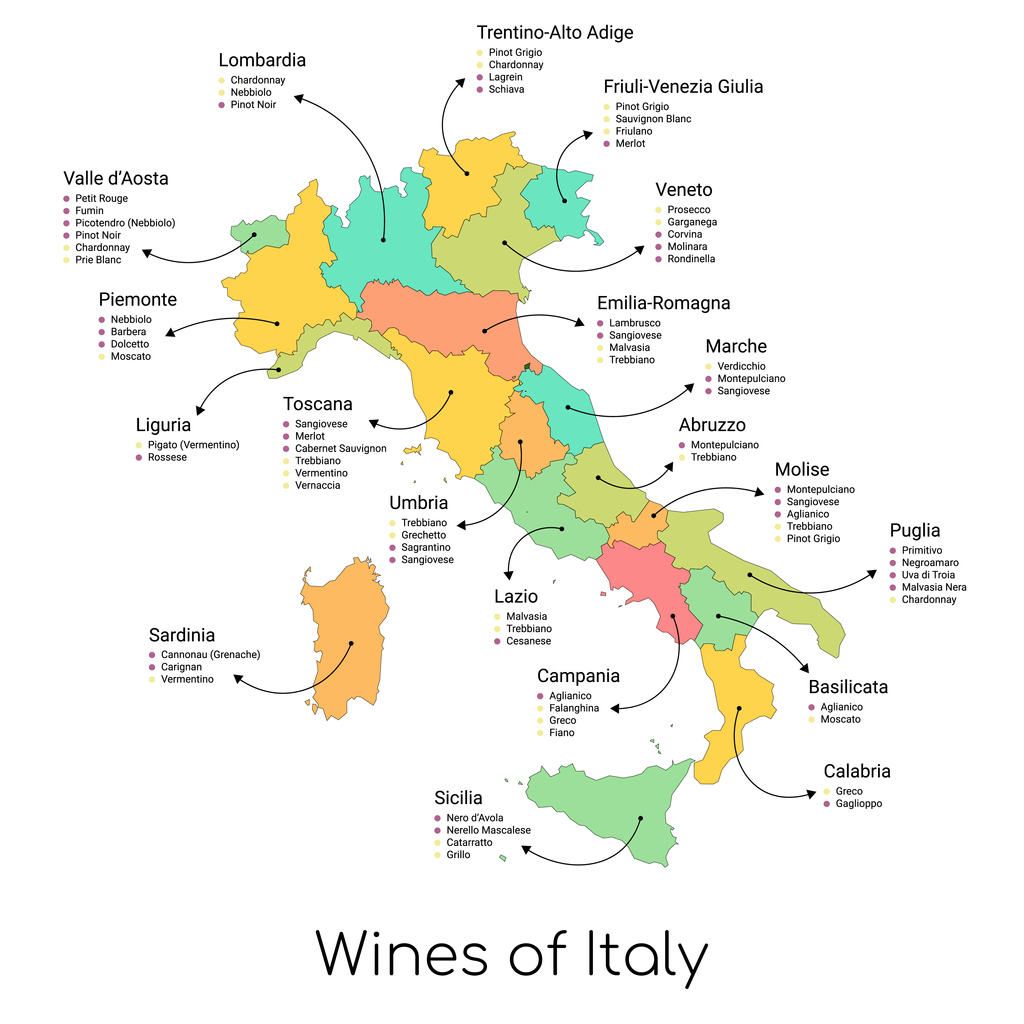
Barbaresco
Nebbiolo grapes are a popular variety grown in the Piedmont region of Italy, particularly in the Barbaresco and Barolo areas. These grapes have been used for centuries to make some of the most sought-after wines in Italy, with Barbaresco being one of them. The distinct flavour profile of Nebbiolo grape wine is due to its high tannin content that gives it a complex structure that ages well.
Barbaresco is known for producing elegant Nebbiolo wines that have a distinct floral aroma and taste. This is because the terroir of Barbaresco is unique, with soils rich in limestone and clay. The hilly terrain also plays a role in creating microclimates that influence the quality and character of Nebbiolo grapes grown here. Additionally, the strict regulations imposed by DOCG ensure that only premium quality wines are produced using these grape varietals.
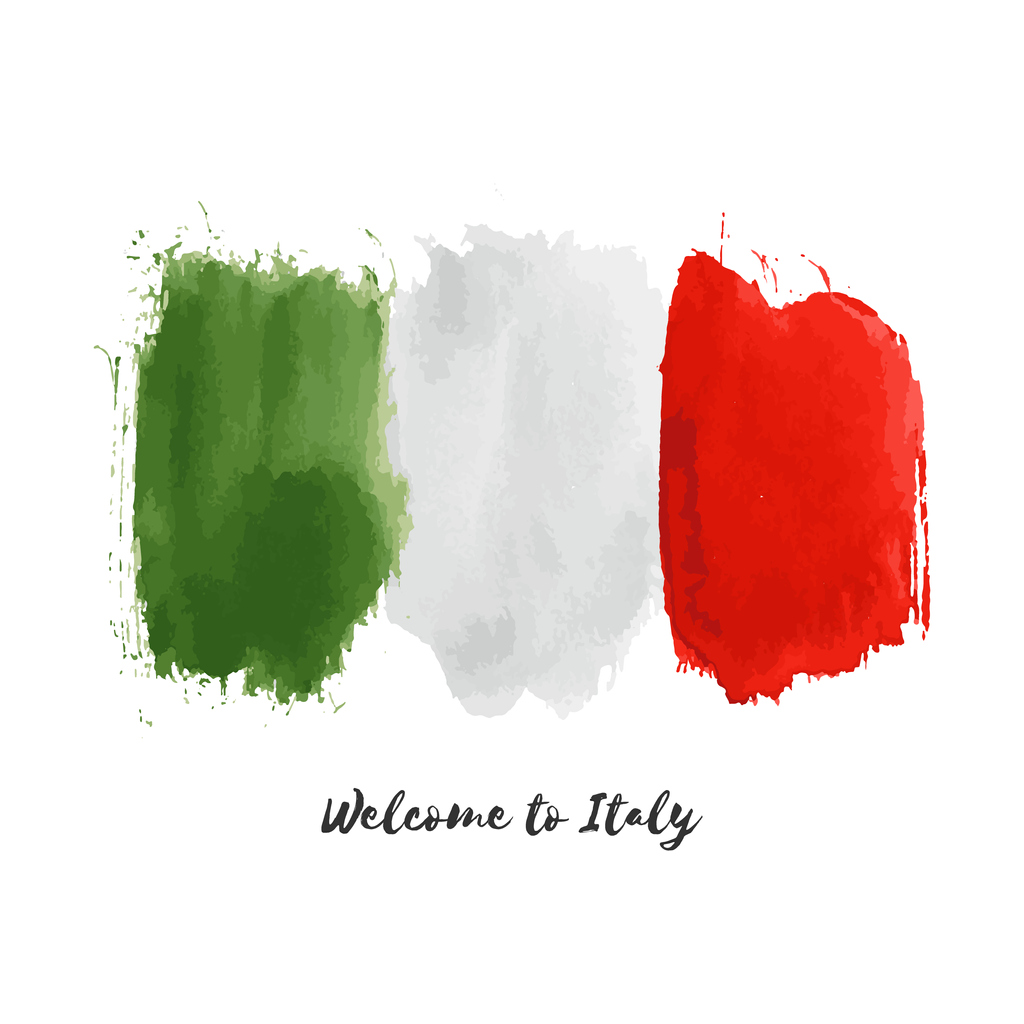
Flavor profile of Nebbiolo wines
One of the most prominent aromas associated with Nebbiolo wines is that of roses, which can be quite pronounced in some vintages. Other common aromas include cherry, licorice, tar, leather, and tobacco. On the palate, these wines tend to be medium- to full-bodied with relatively high alcohol levels. They have firm tannins that give them a dry finish but also contribute to their aging potential.
Barolo
Barolo is a popular wine that hails from the Piedmont region of Italy. It is made from the Nebbiolo grape, which is known for its tannic structure and high acidity. The flavor profile of Barolo can vary depending on several factors, including the vintage, winemaking techniques, and aging process.
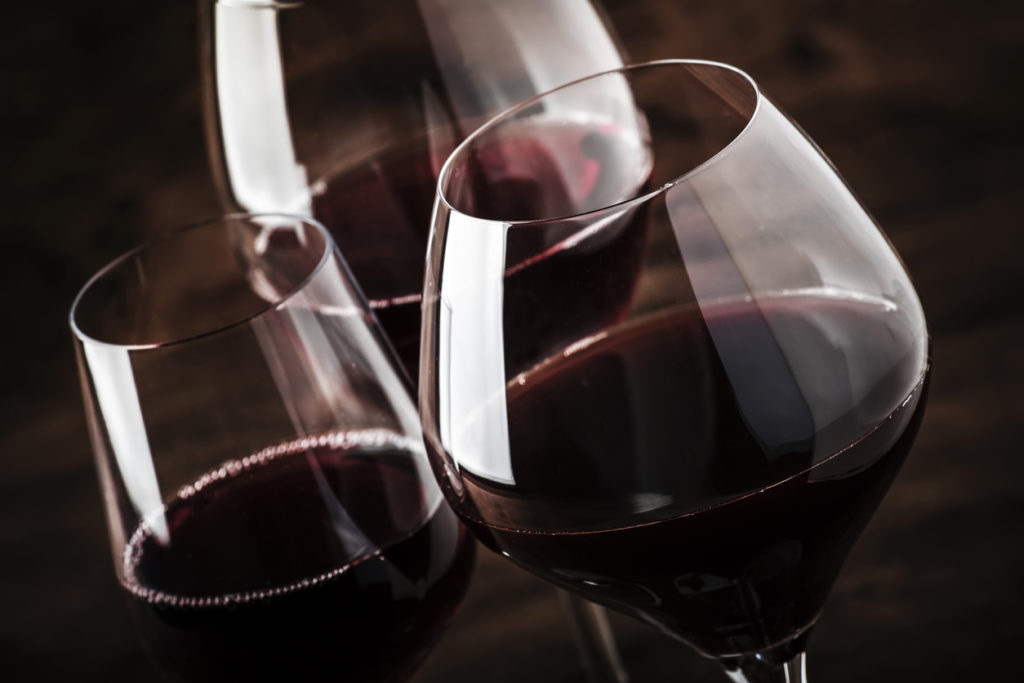
One of the most distinctive characteristics of Barolo is its aroma. The wine often exhibits notes of cherries, raspberries, plums, and other red fruits. These aromas are accompanied by hints of floral scents such as rose petals or violets. Depending on the aging process used by the winemaker, additional aromas such as leather or tobacco may be present.
The taste profile of Barolo typically reflects its strong tannins and acidity levels. The wine is full-bodied and complex with flavors that range from dark fruit to earthy undertones.
Barbaresco
Barbaresco is a red wine that comes from the Piedmont region of Italy. It is made from the Nebbiolo grape, which has a thin skin and high tannin levels. This gives Barbaresco its characteristic boldness and structure. The wine is aged for at least two years in oak barrels before it is released for sale.
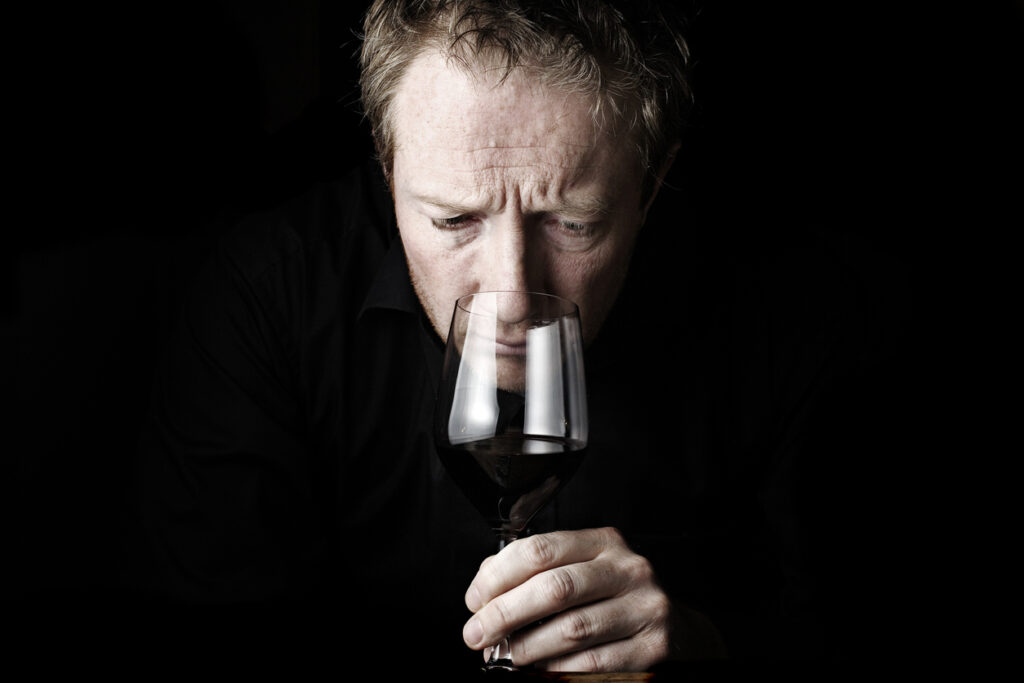
One of the most striking things about Barbaresco is its aroma. It has intense floral notes, such as rose petals and violets, along with hints of black cherry and raspberry. On the palate, Barbaresco has a rich and complex flavor profile. It is full-bodied with firm tannins, but also has a bright acidity that balances out its richness. Flavors of black fruit, licorice, and earthy undertones are often present in this wine.
Food Pairing of Nebbiolo wines
Nebbiolo wines are typically high in tannins, acidity, and alcohol content, with flavors of dark fruit, earthy spice, and floral notes.
Pairing Nebbiolo wines with food can be a challenge due to their powerful flavor profile. However, certain dishes can complement the wine’s boldness and bring out its unique characteristics. One classic pairing for Nebbiolo is with rich meat dishes such as roasted lamb or beef stew. The wine’s high tannin and acidity make it an excellent match for flavorful cuts of meat that need a bold companion to stand up to their intensity.
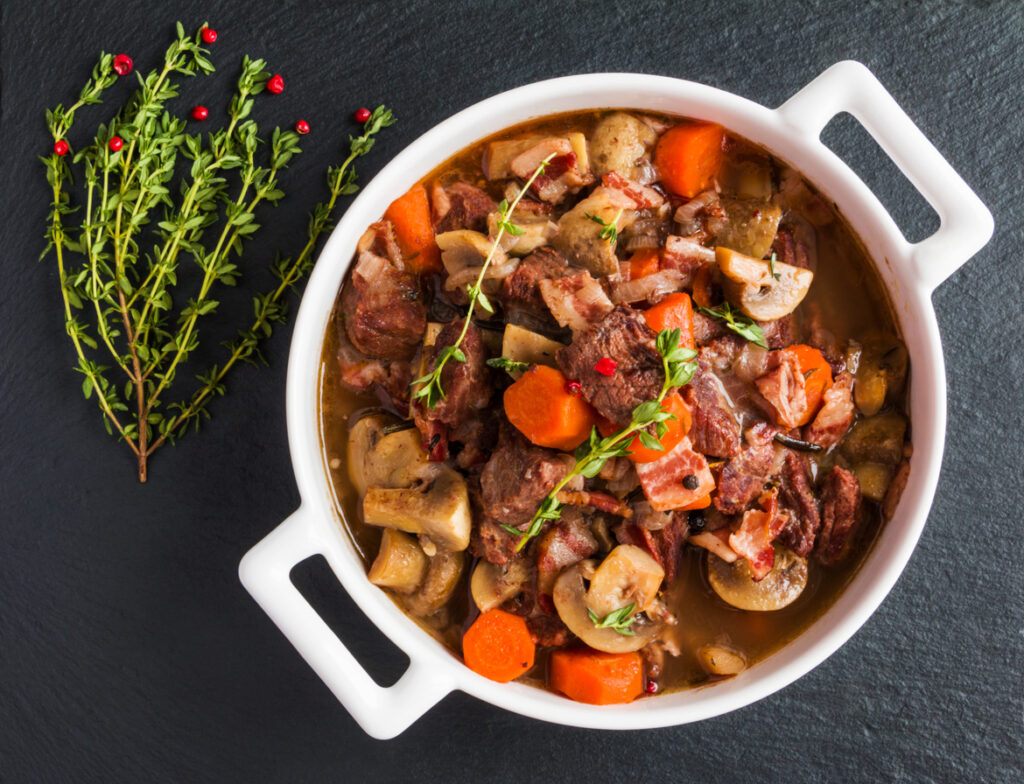
Pairing Barolo
Barolo is one of the most famous wines in Italy, known for its complexity and rich flavor profile. This wine pairs perfectly with a variety of dishes, including meats, cheeses, and vegetables. The key to a successful Barolo food pairing is to consider the wine’s robust tannins and acidity.
When it comes to pairing Barolo with meats, opt for rich and bold flavors like beef or lamb. A classic dish like osso buco pairs beautifully with this wine as it complements the tannins of Barolo while also enhancing its earthy notes. For cheese lovers, hard aged cheeses like Parmigiano-Reggiano or Pecorino Romano are perfect companions for this wine due to their bold flavors that can stand up to Barolo’s intensity.
Food pairing of Barbaresco Wines
Barbaresco is a classic Italian red wine that is known for its intense flavor profile and robust tannins. This wine is made from the Nebbiolo grape variety, which grows in the Piedmont region of Italy. The Barbaresco wine has a complex aroma with notes of cherry, raspberry, leather, tobacco, and earthy nuances. It pairs well with rich and hearty dishes such as roasted meats, stews, and game.
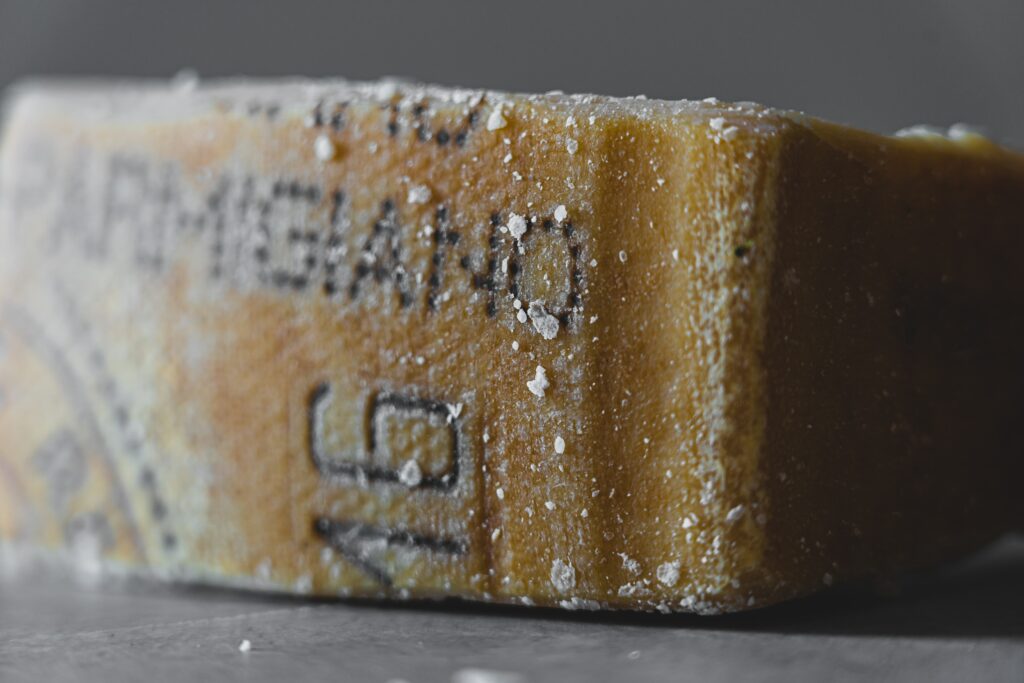
One of the most popular food pairings for Barbaresco is roasted lamb or beef. The full-bodied nature of the wine complements these meat dishes perfectly by cutting through their richness and adding an extra layer of flavor to the meal. Another great pairing option for Barbaresco is aged cheese such as Parmigiano Reggiano or Pecorino Romano.
Wines similar to Nebbiolo
Nebbiolo wines are known for their complexity, depth, and tannic structure. However, this varietal can be quite expensive and difficult to find outside of its native region in Italy’s Piedmont region. Fortunately, there are several alternatives that offer similar flavor profiles without breaking the bank.
Pinot Noir
Pinot Noir is a popular red wine grape that produces light to medium-bodied wines with bright acidity and notes of red fruit. This versatile varietal can be found in several regions worldwide, including Burgundy, California, Oregon, and New Zealand. While Pinot Noir lacks the intense tannins found in Nebbiolo wines, it has a similarly complex flavor profile with hints of earthiness and spice.

Sangiovese
Sangiovese is the most widely planted grape variety in Italy and is responsible for many popular wines such as Chianti and Brunello di Montalcino. It is known for its high acidity, medium body, and flavors of red cherry, earthy spice, and tomato leaf. Sangiovese-based wines can be aged for several years to develop more complex flavors or enjoyed young with a fresh fruit character.
Sangiovese is another Italian grape that produces full-bodied red wines with high acidity and flavors of cherry, strawberry, and tobacco.
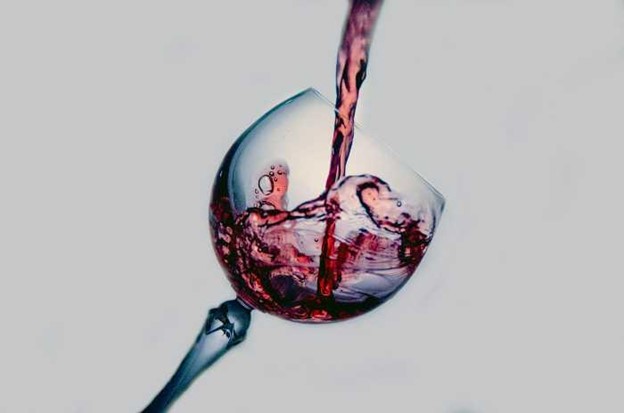
Xinomavro
For wine lovers who are looking for alternatives to Nebbiolo wines, Xinomavro is the perfect choice. This red grape variety is grown in Greece and is known for its high acidity and tannins, which make it a great option for aging. It is often compared to Nebbiolo due to its complexity and ability to express terroir.
Xinomavro has a distinctive flavor profile that includes notes of dark fruit, herbs, and spices. It is a versatile wine that pairs well with a range of foods including grilled meats, pasta dishes, and cheese plates. Many winemakers in Greece are now producing single varietal Xinomavros as well as blends with other indigenous grapes such as Agiorgitiko and Limniona.
One of the most exciting aspects of Xinomavro is its potential for aging.

